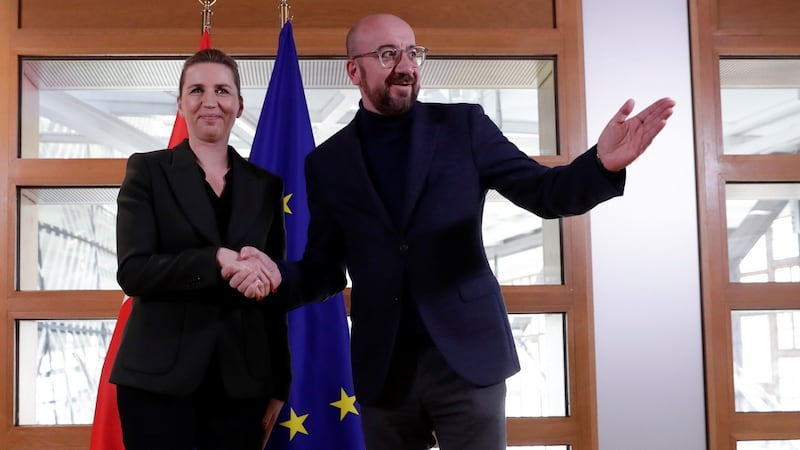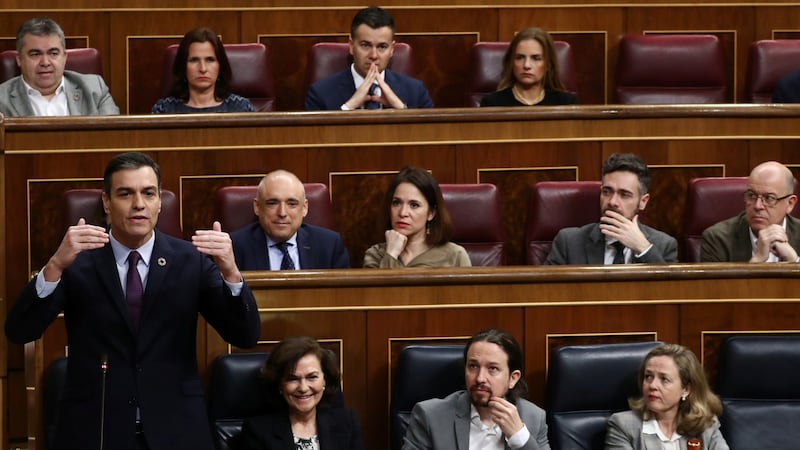In 1993, New Zealand underwent what amounted to an electoral revolution.
Until then, as a former colony, it had cleaved with the Westminster model of first-past-the-post. That had given rise to inequity, where parties which did not win the popular vote were elected to government because of regional and constituency quirks.
So in that year it made the radical move of changing to what was called a mixed-member proportional (MMP) model, which involved a mix of proportional representation plus lists. It was a bit like Sweden’s decision to change from a nation that drove on the left-hand side of the road to the right-hand side of the road. At the start there was chaos, but over time it has settled down.

The chaos has been this: in almost three decades there have been few clear winners in the election and the New Zealand parliament. But over time New Zealand politicians – and its electorate – have become accustomed to the system and found ways of overcoming what seemed like impossible arithmetic.
After the first election under this new system in 1996, it took eight weeks for a government to be formed. But somehow it worked.
As time went, parties were accommodated in unusual ways. One party said it would never take the “baubles of office”. Its MPs were allowed to take newly created ministerial positions that were outside cabinet. Collective responsibility only kicked in when their portfolios were involved.
Key components
There were three key components behind the success. The first was the combination always achieved a majority. The second was that only the leading party had to adhere rigidly to collective cabinet responsibility. Other parties could oppose a government measure as long as it was pre-agreed between the leaders of the party. And thirdly, there were ministers who were not in the cabinet. And so for their parties they could oppose any government policy that did not come within their portfolios.
British political scientist Prof Tim Bale has described the phenomenon as being “in governance but not in government”.

There has not been a majority single-party government in Denmark for over a century – since 1909, in fact
The current government of Jacinda Ardern is typical. Her centre-left socialist party is supported firstly by New Zealand First, which, in return for key ministries, is not allowed to criticise the government, other than for issues that were pre-agreed.
The third arm of that government is the Greens, who are only required to vote for matters inside their portfolio, and also for confidence and supply. It has worked for Ardern and her government, as it has for their predecessors.
But can a government operate without a majority? The answer to that is yes.
There has not been a majority single-party government in Denmark for over a century – since 1909, in fact.
It is the grandaddy of minority governments, as famously depicted in the political TV drama Borgen. All but four of the administrations since the second World War have been minority ones.
Minority scenario
Current prime minister Mette Frederiksen’s Social Democratic party has forged a relationship with three leftist parties to govern in a minority scenario.
That is also the system in Sweden, where Stefan Löfven has been prime minister since January 2019. Even though his elaborate government comprising two parties – and two which support it in parliament – only commanded about 40 per cent of votes in parliament, there was no majority against it.
Governments in Scandinavian countries tend to be short-lived, lasting an average of two years. They operate almost on an ad hoc basis; flexible deals are brokered with opposition parties. Most legislation is brokered by consensus, with strategic and short-term alliances forged with unlikely partners to get a particular law through parliament. Any one who watched Borgen would have learned of the horse-trading, the deals, the compromises and intrigue involved in all of that, but somehow it works.
Canada is a country which has had a surprisingly high number of minority administrations. Two minority governments from 2006 led by the Conservative prime minister Steve Harper were very interesting. It relied on no one party or group, but instead did deals with all three opposition parties.

The reasons that negotiations became so protracted and fruitless was that neither side feared an election
If there is no overhanging threat of an election, though, it can lead to stasis. A good example is Spain where the country has had four elections over the past four years. The Popular Party administration lasted 575 days after the 2016 election. The Socialist government that succeeded it lasted for 326 days.
Fruitless
Of course, there were issues with secessionist parties but the reasons that negotiations became so protracted and fruitless between prime minister Pedro Sánchez’s Socialists and the left-wing Podemos movement was that neither feared an election. They both settled on a new coalition, which is very fragile, in January of this year.
In 2007, the Scottish Nationalist Party won 47 of the 129 seats in the Holyrood parliament, only one more than Labour. Yet, the minority government lasted its full term and easily won the subsequent election.
It managed to survive with a mixture of charm and threat, with daily deals being struck, much as in the Danish system.
Another option is the notion of the biggest parties together forming a “grand coalition”. Germany gives a salutary lesson on the perils of this. The Social Democrats entered a grand coalition with the other large party, the Christian Democrats, in 2005. Even though the smaller party got an equal number of cabinet seats and implemented many of its policies, it took a fierce battering in the 2009 elections.









